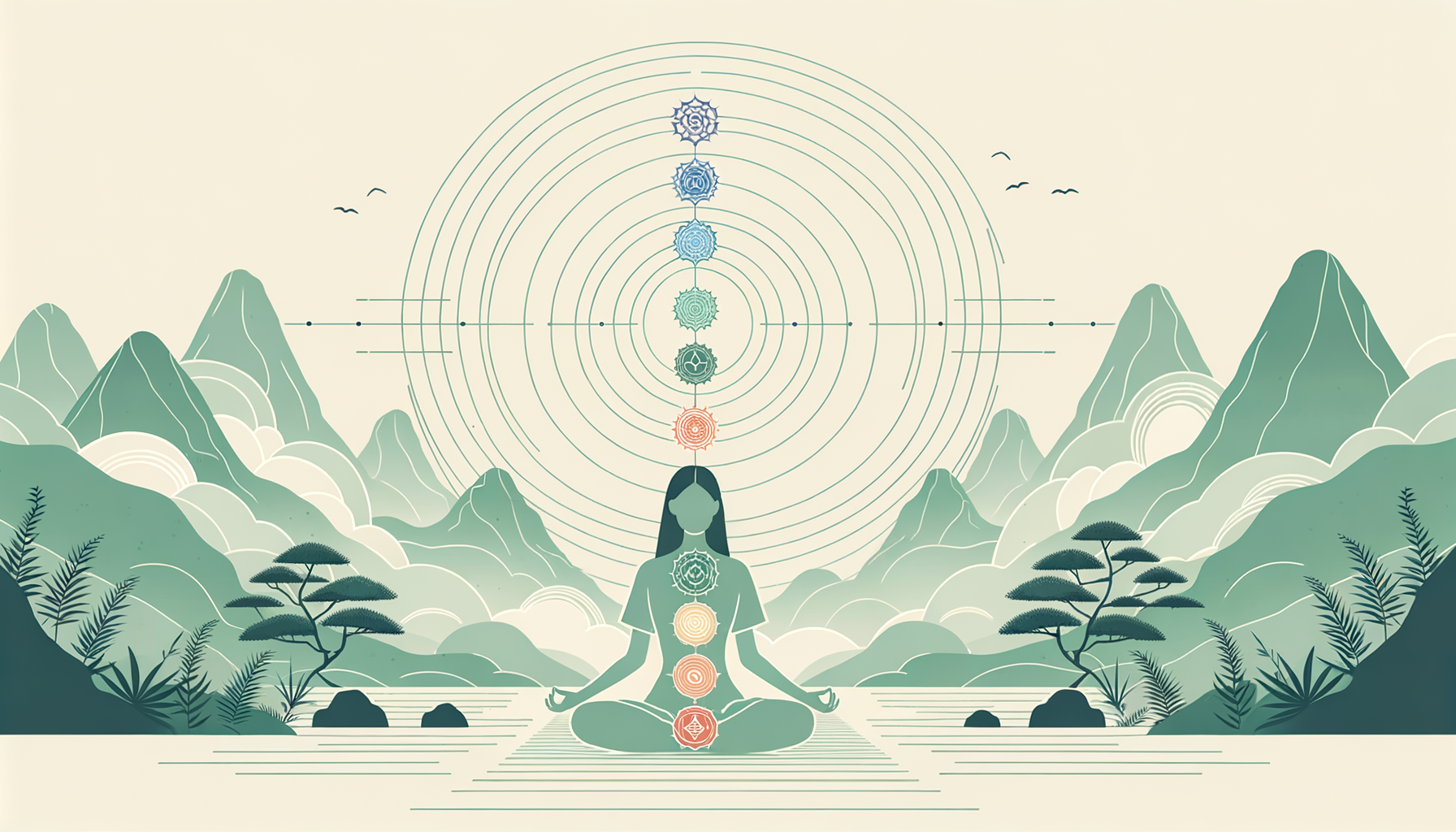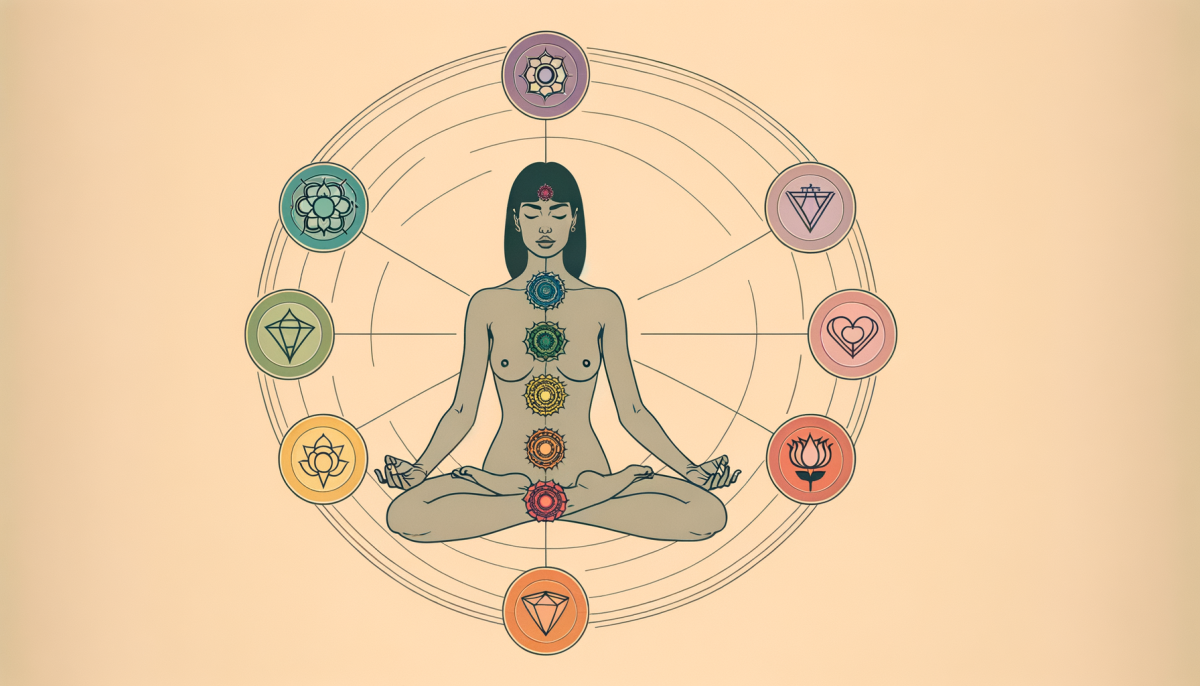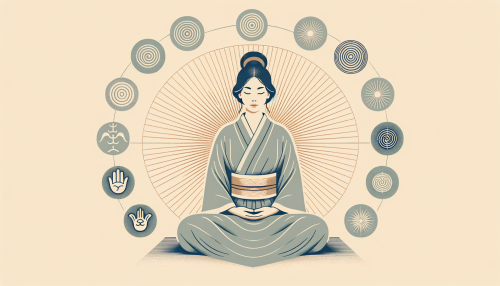Introduction
In the vast cosmos of spiritual exploration, the concept of chakra balancing emerges as a radiant beacon of enlightenment. This ancient practice, deeply rooted in the traditions of Hinduism and Buddhism, serves as a conduit for harmonizing the body’s energy centers, thereby fostering a profound sense of inner peace and spiritual alignment.
Understanding Chakra Balancing

Chakra balancing, a concept as enigmatic as it is enlightening, is the process of restoring a harmonious flow of energy across the chakra system. The chakras, seven in total, are invisible energy centers within the body, each corresponding to specific physical, emotional, and spiritual states of being. When these chakras are in balance, energy can flow freely, resulting in a sense of well-being and vitality. However, when they are blocked or misaligned, it can lead to physical, mental, or emotional imbalance.
The journey towards understanding chakra balancing begins with the root chakra, or Muladhara. Located at the base of the spine, it is associated with feelings of safety and grounding. Ascending upwards, we encounter the sacral chakra, or Svadhisthana, which governs creativity and sexual energy. The solar plexus chakra, or Manipura, is the center of personal power and confidence, while the heart chakra, or Anahata, is the wellspring of love and compassion. The throat chakra, or Vishuddha, governs communication, and the third eye chakra, or Ajna, is the seat of intuition. Finally, the crown chakra, or Sahasrara, located at the top of the head, connects us to the divine and the universe.
Techniques for Alignment
The path to chakra balancing is paved with a myriad of techniques, each offering unique avenues for alignment. Meditation, for instance, is a time-honored practice that fosters inner tranquility and clarity, thereby facilitating chakra balancing. By focusing on each chakra during meditation, one can attune to the energy of that chakra, discern any imbalances, and work towards restoring equilibrium.
Yoga, another ancient practice, also serves as a potent tool for chakra balancing. Specific yoga poses, or asanas, can stimulate and balance particular chakras. For instance, the warrior pose can invigorate the solar plexus chakra, while the bridge pose can open the heart chakra.
Crystal healing is another technique often employed in chakra balancing. Each chakra resonates with a specific color and vibration, and crystals of corresponding colors and vibrations can be used to balance and heal the chakras. For example, the root chakra resonates with the color red, and thus, red crystals like garnet or red jasper can be used for its balancing.
Spiritual Growth Through Chakras
The chakra system, in its profound complexity, serves as a spiritual roadmap, guiding individuals towards higher states of consciousness and spiritual growth. By understanding and balancing the chakras, one can embark on a transformative journey of self-discovery and spiritual evolution.
Each chakra, in its balanced state, opens the door to certain spiritual experiences and insights. For instance, a balanced root chakra can foster a deep sense of belonging and connection to the earth, while a balanced crown chakra can facilitate transcendental experiences and a connection to the divine.
Moreover, the process of chakra balancing itself is a spiritual practice. It requires introspection, self-awareness, and a willingness to delve into the depths of one’s being. It is a journey of healing and self-discovery that can lead to profound spiritual growth and enlightenment.
Conclusion
In the grand tapestry of spiritual practices, chakra balancing stands out as a potent tool for personal and spiritual growth. By understanding and aligning the chakras, one can foster a sense of inner harmony, enhance well-being, and embark on a transformative journey towards spiritual enlightenment. As we navigate the complexities of life, chakra balancing serves as a beacon, guiding us towards inner peace and spiritual alignment.





